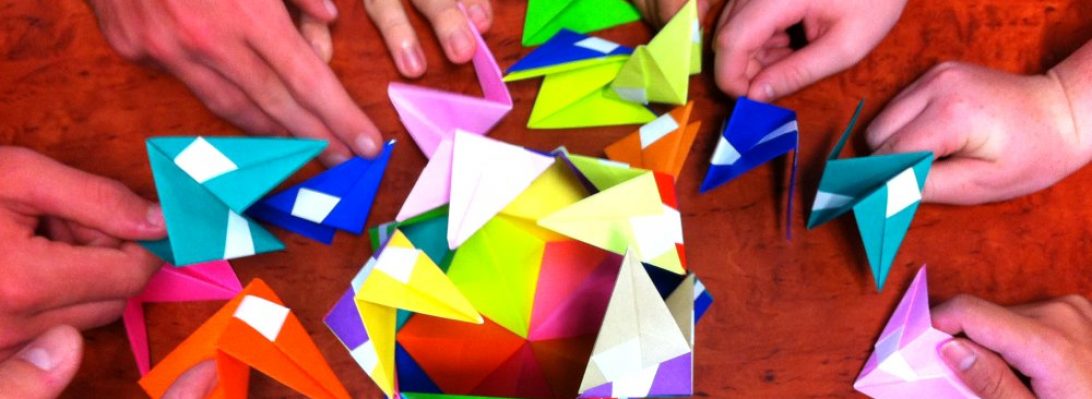Continuing my quest to master the face, I decided to explore the facial widgets of CP#15, one of many generous public designs by Flynn Jackson:

From a single uncut square, emerges the angular features of a lovely goblin.

I am particularly interested in the formation of the nose, and it’s linkage to the nose bridge – something I want to master for another long-term project.
Continue reading














